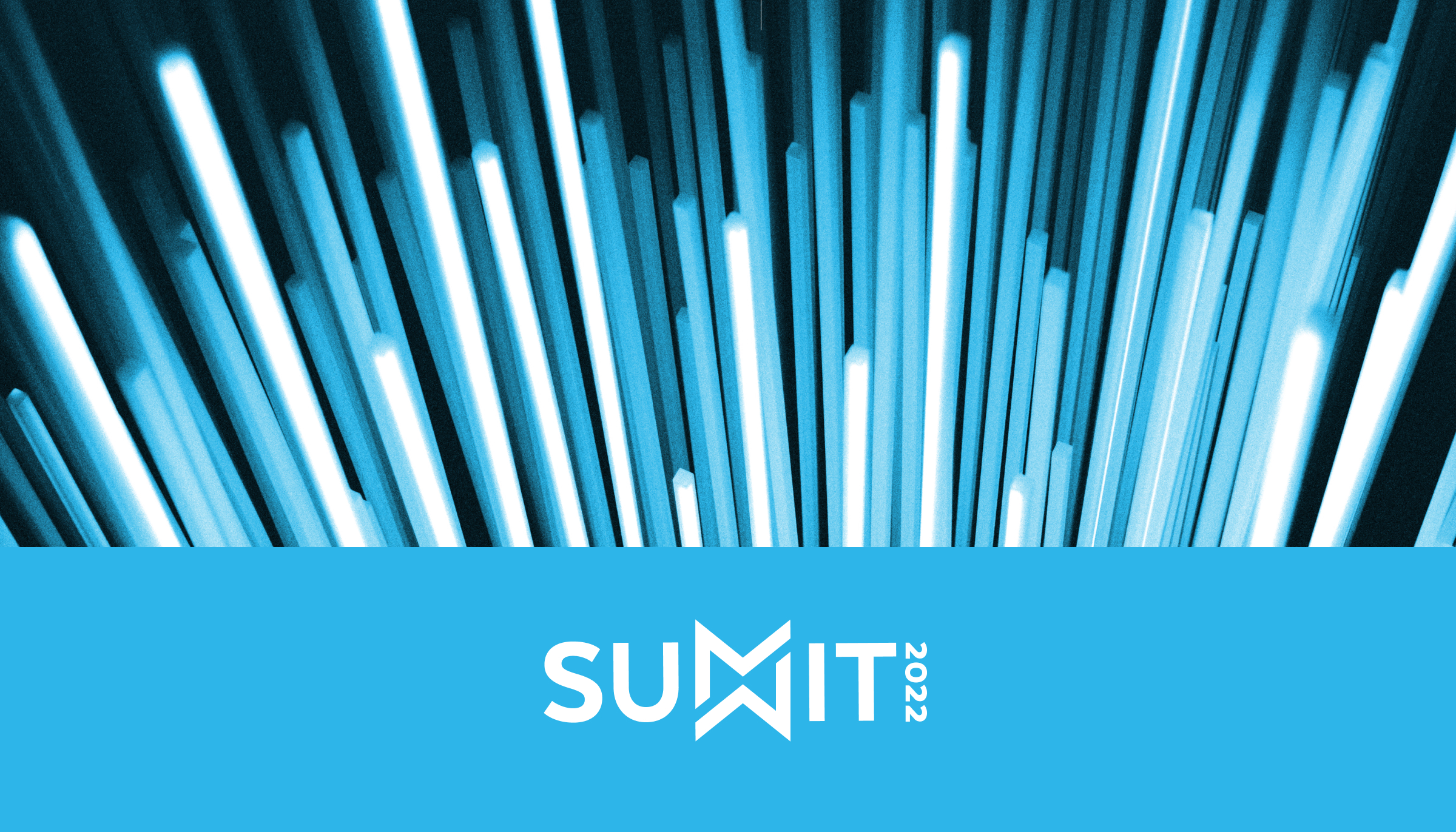Snowflake is focused on empowering developers and supercharging data applications as it makes continuous improvements to the Data Cloud and Snowpark, its developer framework.
During Snowflake BUILD, its yearly developer conference, and over the seven months since, the company announced a number of Snowpark and Data Cloud innovations. Here are some highlights from those announcements as we look ahead to Snowflake Summit 2022, June 13-16 at Caesar’s Forum in Las Vegas
Snowpark for Python: You can use Python—one of the fastest growing programming languages—natively within Snowflake as part of Snowpark. With Snowpark for Python, you can easily collaborate on data in your preferred language while leveraging the security, governance, and elastic performance of Snowflake’s platform to build scalable, optimized pipelines, applications, and machine learning workflows. Snowpark for Python is currently in private preview.
Other Snowpark updates
Since BUILD, we’ve also made a series of improvements with Snowpark, including
GA of Snowpark Scala API and Java UDFs in AWS, and public preview in Azure and GCP, allowing customers across cloud vendors can benefit from Snowpark. Tabular Java UDFs are also available in GA, which act on a table and return a tabular result. With the support of Table Functions, users can greatly expand the use cases they can deliver in Snowflake such as algorithms to split string, parse files, and model fit statistics. Snowpark Java API is another client language support under Snowpark, and is now in public preview.
To build and execute pipelines more easily, stored procedures support for Snowpark API allows the code that is written client-side (currently supporting Java and Scala) to work within a procedure and run inside of Snowflake. Developers can build, execute, and schedule complex workflows entirely within Snowflake, using Snowflake features such as Streams and Tasks, with no separate client to manage. This reduces complexity and the number of systems involved, and keeps everything secure and governed in Snowflake.
Object Tagging: Object Tagging makes it easier to know and control data by applying business context, such as tags that identify data objects as sensitive, PII, or belonging to a cost center. You can create your own library of custom tags and associate them to desired objects such as columns, tables/views, databases, warehouses, and more.
Access History: Access History helps you keep track of data points and track back errors by creating more visibility into data movement and changes. You can determine the origin of the data, what happens to it, where it has been, and where it’s going.
Performance for interactive use cases: Snowflake has improved its elastic performance engine to support interactive use cases requiring speed and throughput for data applications and embedded analytics. This update, now generally available, includes dramatic increases in concurrency, throughput, and faster execution.
Snowflake Scripting: Snowflake Scripting is an extension to Snowflake SQL that adds support for procedural logic. You can use Snowflake Scripting to write stored procedures and procedural code outside of a stored procedure.
Unstructured data support: Snowflake’s support for unstructured data includes capabilities to store, access, process, manage, govern, and share unstructured data in Snowflake. You can manage and analyze your data—structured, semi-structured, and unstructured—across clouds in one seamless experience.
SQL API: The Snowflake SQL API is a REST API that you can use to access and update data via SQL in a Snowflake database and develop custom applications. The SQL API allows you to execute standard queries and most DDL and DML statements.
We’re excited to unveil the next wave of innovations in June at Snowflake Summit 2022. To be among the first to see everything new that’s coming, join our opening keynote featuring Snowflake CEO Frank Slootman, Co-Founder and President of Product Benoit Dageville, and SVP of Product Christian Kleinerman.
